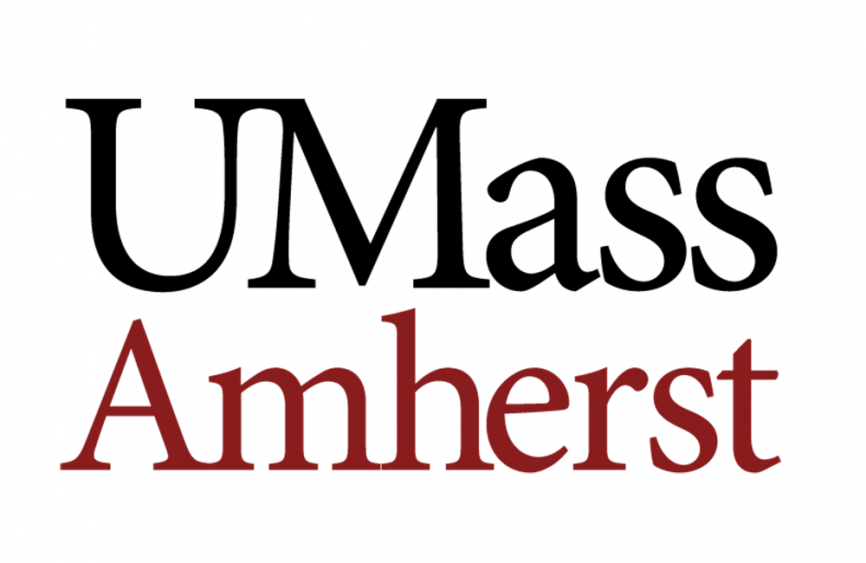
UMass Amherst will release Regular Decision (RD) admissions decisions on the evening on Tuesday, March 5, 2024.
In the past, UMass Amherst released RD decisions in waves. This year, all RD applicants will receive their decisions on the same date. RD applicants will receive an e-mail letting them know an admissions decision has been posted. Students are instructed to log into their UMass Amherst admissions portal to check their posted admission decision on the “Student Status” page. RD applicants will receive one of three decisions: Admit, Waitlist, or Deny.
UMass will invite all accepted students to campus shortly after decisions are released.
Earlier this cycle UMass announced that it received a record 30,000+ Early Action applications.
 Early Decision II applicants to Boston College will be notified of whether or not they’ve been admitted this evening, Tuesday, February 6, 2024. The news will be delivered through applicants’ Applicant Status Portals, and admitted students living in the United States will also receive paper copies of their admission packets through the US Postal Service.
Early Decision II applicants to Boston College will be notified of whether or not they’ve been admitted this evening, Tuesday, February 6, 2024. The news will be delivered through applicants’ Applicant Status Portals, and admitted students living in the United States will also receive paper copies of their admission packets through the US Postal Service.




 WGCU Public Media in Florida followed six high school students who worked hard to earn a seat at America’s top colleges – and now you can too in the short documentary Dream School.
WGCU Public Media in Florida followed six high school students who worked hard to earn a seat at America’s top colleges – and now you can too in the short documentary Dream School.
 For sixty-four years, Syracuse University has given rising high school sophomores, juniors, and seniors the opportunity to explore potential majors and careers through renowned summer pre-college programs.
For sixty-four years, Syracuse University has given rising high school sophomores, juniors, and seniors the opportunity to explore potential majors and careers through renowned summer pre-college programs. On Saturday, March 9, 2024, the SAT is going digital for American test-takers the first time in almost 100 years! Two million students take the SAT every year, and the transition from a paper-based to digital format marks a huge change to the college entrance exam.
On Saturday, March 9, 2024, the SAT is going digital for American test-takers the first time in almost 100 years! Two million students take the SAT every year, and the transition from a paper-based to digital format marks a huge change to the college entrance exam. 
 High school students interested in pursuing a career in journalism, writing, communications, or photography, may want to research and apply to the
High school students interested in pursuing a career in journalism, writing, communications, or photography, may want to research and apply to the  Understanding the ACT
Understanding the ACT

 Essential Study Techniques and Resources
Essential Study Techniques and Resources Conclusion
Conclusion